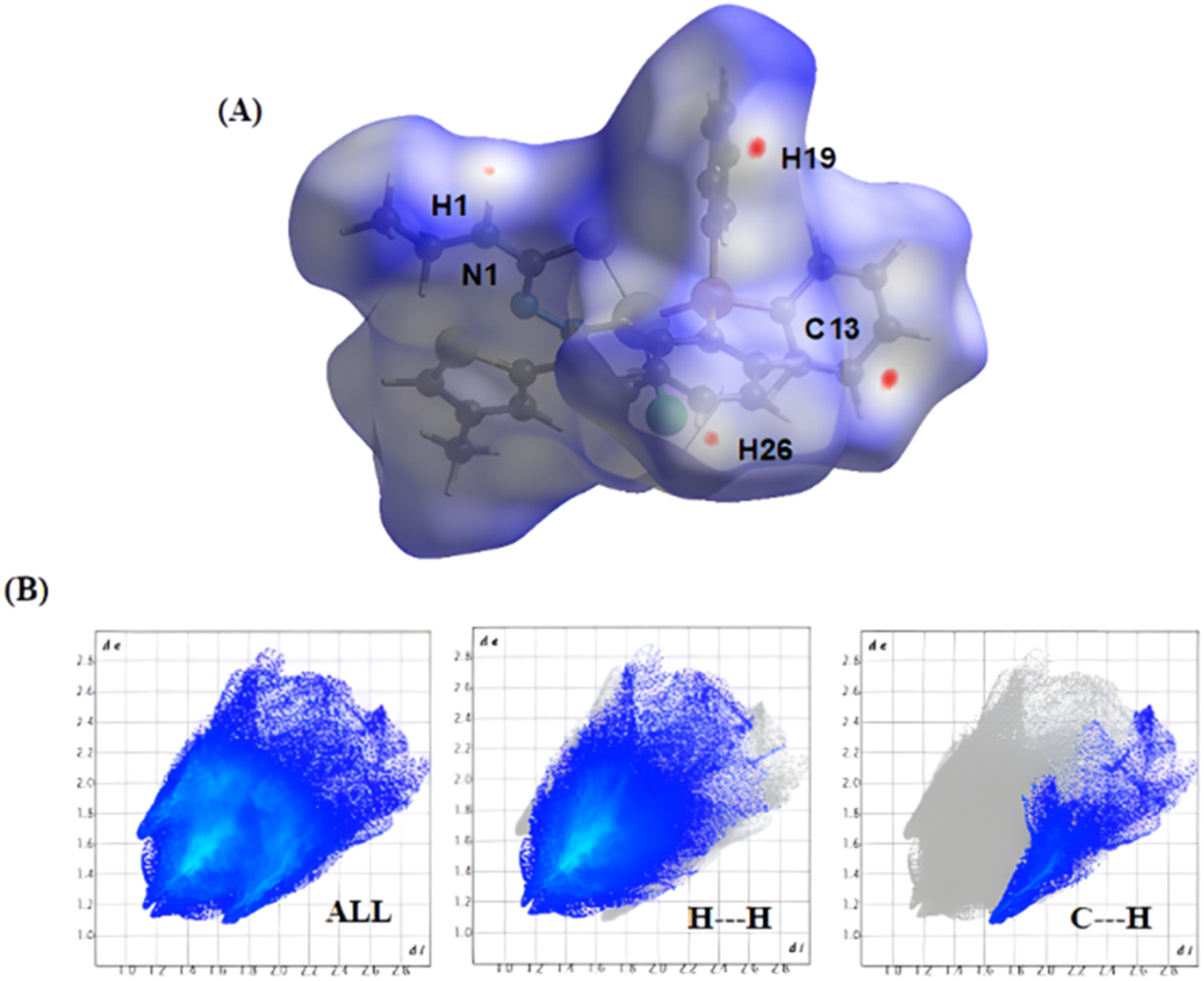Palladium(II) and platinum(II) thiophene-based thiosemicarbazones: Synthesis, properties, and anticancer studies.
OLIVEIRA, Gabriela P.; LIMA, Mauro Almeida; PEREIRA, George Bueno Santana; COSTA, Analu Rocha; BATISTA, Alzir Azevedo; FORIM, Moacir Rossi; COMINETTI, Márcia Regina; ZANETTI, Renan D.; FARIAS, Renan Lira de; NETTO, Adelino Vieira de Godoy; ARAUJO NETO, João Honorato; ELLENA, Javier; MORENO, Laura Olmedo; GONZALEZ, Vivian Capilla; ROCHA, Fillipe Vieira.
OLIVEIRA, Gabriela P.; LIMA, Mauro Almeida; PEREIRA, George Bueno Santana; COSTA, Analu Rocha; BATISTA, Alzir Azevedo; FORIM, Moacir Rossi; COMINETTI, Márcia Regina; ZANETTI, Renan D.; FARIAS, Renan Lira de; NETTO, Adelino Vieira de Godoy; ARAUJO NETO, João Honorato; ELLENA, Javier; MORENO, Laura Olmedo; GONZALEZ, Vivian Capilla; ROCHA, Fillipe Vieira.





 Abstract: The aim of this study was to synthesize and investigate the cytotoxic profile of four palladium(II) and two platinum(II) complexes containing thiosemicarbazones derived from thiophene against tumor cells. They were fully characterized by various analytical techniques, including 1H, 13C{1H}, 31P{1H}, 135DEPT NMR, IR, UV-vis, X-ray diffraction, molar conductivity, and theoretical. Several techniques were used to evaluate the interaction of the complexes with DNA, such as gel electrophoresis, UV-vis spectroscopy, circular dichroism, viscosity measurements, fluorescence assay with Hoescht 33,258, and molecular docking. The results indicated that the complexes exhibited electrostatic and/or groove interaction with DNA, but only at high concentrations (100 µM). In vitro, cytotoxicity assays were performed using the MTT method, and the palladium(II) complexes showed remarkable cytotoxic activity against A549 and A2780cis cell lines. In particular, the PdT compound showed cytostatic behavior against the A549 tumor line, while the PdCH3 compound showed cytotoxic behavior against the A2780cis line. Further investigation of the most promising compound, PdCH3, in A2780cis revealed that it induced apoptosis by promoting cell accumulation in the sub-G1 phase and causing partial mitochondrial membrane depolarization. In addition, this complex significantly inhibited colony formation, leading to significant changes in cell morphology. However, no inhibition of cell migration was observed in the 3D cell model of DAOY cells. These findings provide valuable insights and structural features for the design of selective palladium complexes targeting ovarian tumor cells (A2780cis). The study highlights the potential of these complexes as cytotoxic agents against specific cancer cell lines
Abstract: The aim of this study was to synthesize and investigate the cytotoxic profile of four palladium(II) and two platinum(II) complexes containing thiosemicarbazones derived from thiophene against tumor cells. They were fully characterized by various analytical techniques, including 1H, 13C{1H}, 31P{1H}, 135DEPT NMR, IR, UV-vis, X-ray diffraction, molar conductivity, and theoretical. Several techniques were used to evaluate the interaction of the complexes with DNA, such as gel electrophoresis, UV-vis spectroscopy, circular dichroism, viscosity measurements, fluorescence assay with Hoescht 33,258, and molecular docking. The results indicated that the complexes exhibited electrostatic and/or groove interaction with DNA, but only at high concentrations (100 µM). In vitro, cytotoxicity assays were performed using the MTT method, and the palladium(II) complexes showed remarkable cytotoxic activity against A549 and A2780cis cell lines. In particular, the PdT compound showed cytostatic behavior against the A549 tumor line, while the PdCH3 compound showed cytotoxic behavior against the A2780cis line. Further investigation of the most promising compound, PdCH3, in A2780cis revealed that it induced apoptosis by promoting cell accumulation in the sub-G1 phase and causing partial mitochondrial membrane depolarization. In addition, this complex significantly inhibited colony formation, leading to significant changes in cell morphology. However, no inhibition of cell migration was observed in the 3D cell model of DAOY cells. These findings provide valuable insights and structural features for the design of selective palladium complexes targeting ovarian tumor cells (A2780cis). The study highlights the potential of these complexes as cytotoxic agents against specific cancer cell lines @article={003217306,author = {OLIVEIRA, Gabriela P.; LIMA, Mauro Almeida; PEREIRA, George Bueno Santana; COSTA, Analu Rocha; BATISTA, Alzir Azevedo; FORIM, Moacir Rossi; COMINETTI, Márcia Regina; ZANETTI, Renan D.; FARIAS, Renan Lira de; NETTO, Adelino Vieira de Godoy; ARAUJO NETO, João Honorato; ELLENA, Javier; MORENO, Laura Olmedo; GONZALEZ, Vivian Capilla; ROCHA, Fillipe Vieira.},title={Palladium(II) and platinum(II) thiophene-based thiosemicarbazones: Synthesis, properties, and anticancer studies},journal={Journal of Molecular Structure},note={v. 1322, Part 1, p. 140306-1-140306-12 + supplementary materials},year={2025}}
@article={003217306,author = {OLIVEIRA, Gabriela P.; LIMA, Mauro Almeida; PEREIRA, George Bueno Santana; COSTA, Analu Rocha; BATISTA, Alzir Azevedo; FORIM, Moacir Rossi; COMINETTI, Márcia Regina; ZANETTI, Renan D.; FARIAS, Renan Lira de; NETTO, Adelino Vieira de Godoy; ARAUJO NETO, João Honorato; ELLENA, Javier; MORENO, Laura Olmedo; GONZALEZ, Vivian Capilla; ROCHA, Fillipe Vieira.},title={Palladium(II) and platinum(II) thiophene-based thiosemicarbazones: Synthesis, properties, and anticancer studies},journal={Journal of Molecular Structure},note={v. 1322, Part 1, p. 140306-1-140306-12 + supplementary materials},year={2025}}